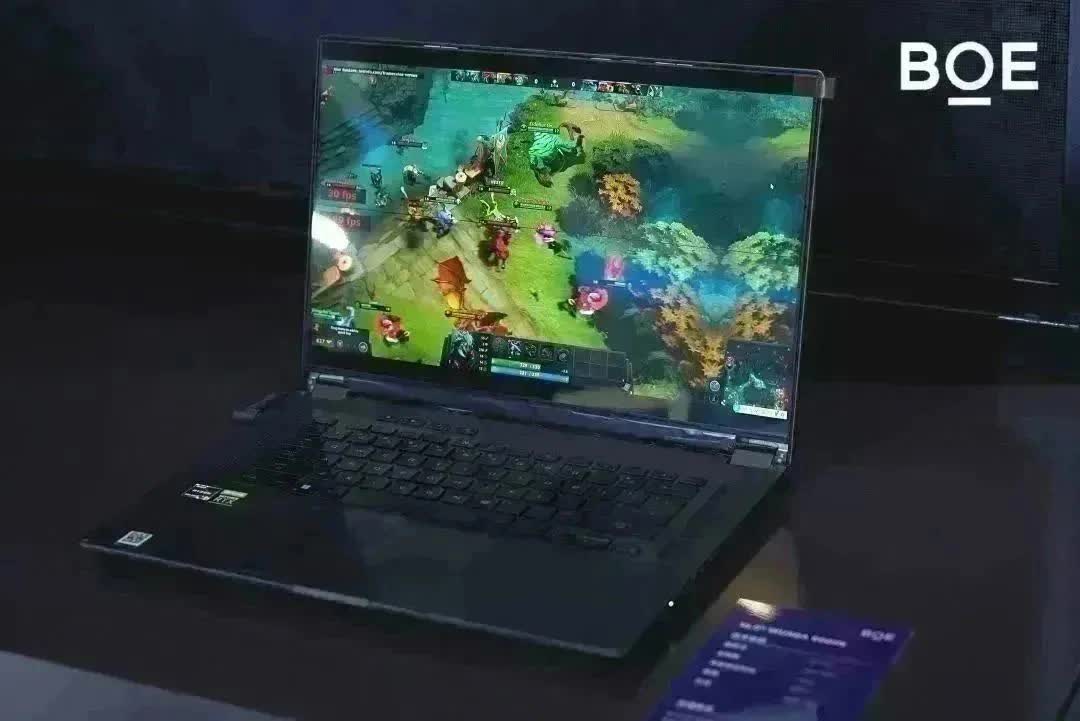What just happened? At the World Display Industry Conference in China, display maker BOE showed off a variety of new products the company is working on, including a 16-inch notebook display with a 600Hz max refresh rate. Details on it are rather scarce at the moment, with BOE not disclosing the type of LCD panel used (TN, IPS, or VA) or its resolution.

BOE's new panel has a higher refresh rate than any consumer display on the market right now. Earlier this year, Alienware revealed a couple of new gaming laptops with 480Hz displays, while many other notebooks top out at "just" 360Hz. As far as monitors go, Asus and Nvidia revealed a model capable of reaching 500Hz at Computex, but it seems that it's still not available to buy.
The company demoed the 600Hz panel in an unnamed notebook equipped with an AMD Ryzen processor and an Nvidia RTX GPU (judging by the stickers on it). The screen is clearly aimed at enthusiasts who enjoy competitive games, such as CS:GO, Valorant, and Overwatch 2.
Coincidentally, the latter had its frame cap raised to 600fps a few months ago. Next-gen mobile GPUs should also make it easier to reach such high framerates, especially if users don't mind lowering the graphical settings.

It remains to be seen if the pixel response times will keep up with such a high refresh rate and, more importantly, if users can even notice the improvement. Doubling the screen's refresh rate from 60Hz to 120Hz makes a massive difference as you're cutting the time between displayed frames by about 8.3ms. However, moving from 300Hz (3.3ms/frame) to 600Hz (1.6ms/frame) will only net you a 1.6ms improvement, about five times less, clearly making it a case of diminishing returns.
BOE showed off a few more interesting displays at the same event, including an 86-inch Mini LED TV panel with a max brightness of 1,500 nits and 2,000 dimming zones. Foldable OLED panels also made an appearance, including a 17-inch screen some Asus notebooks already use, a panel that can fold both ways, and a Z-shaped tri-fold display.
Image credit: IT Home
https://www.techspot.com/news/96836-boe-showcases-world-first-600hz-gaming-laptop-screen.html